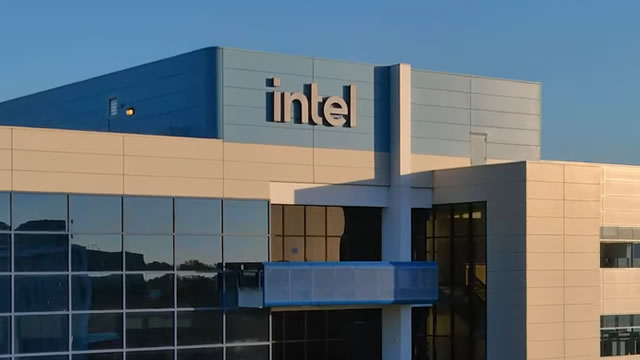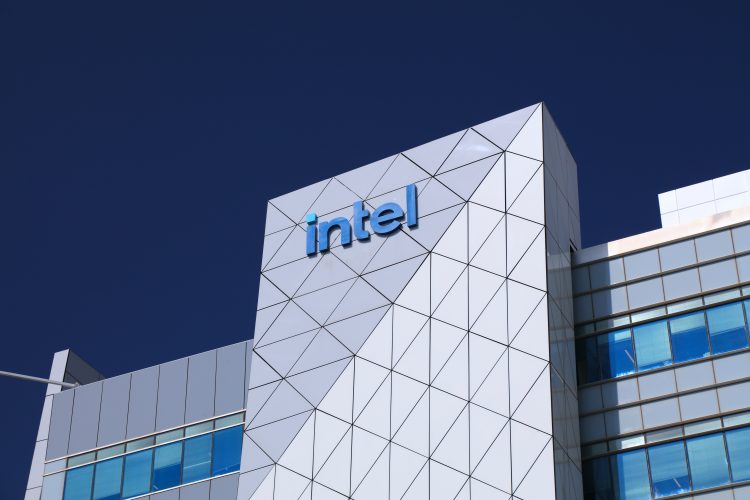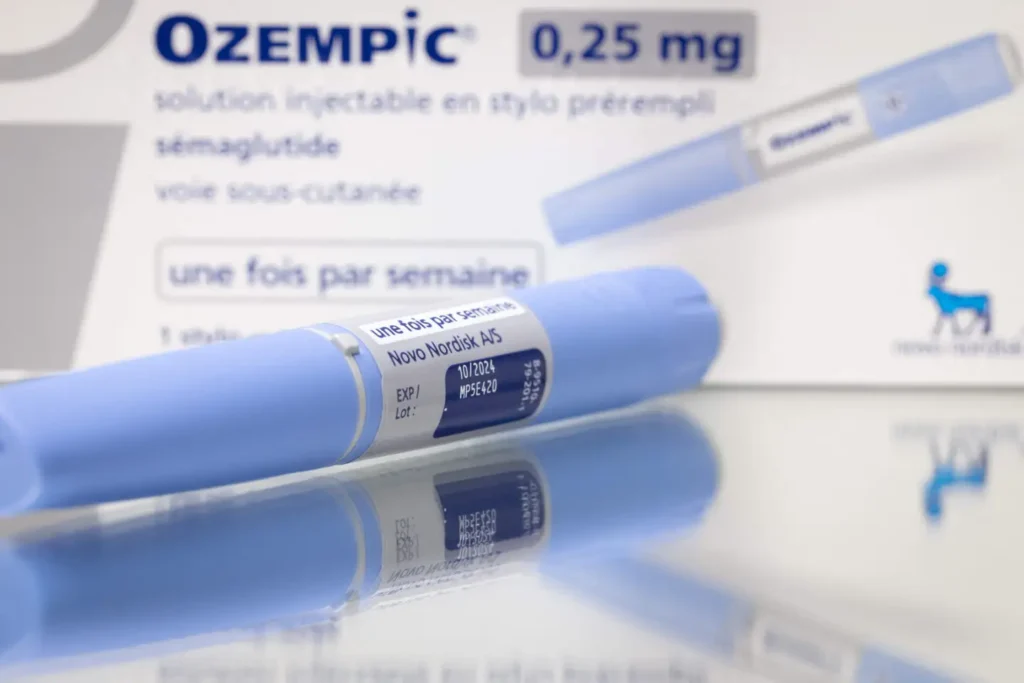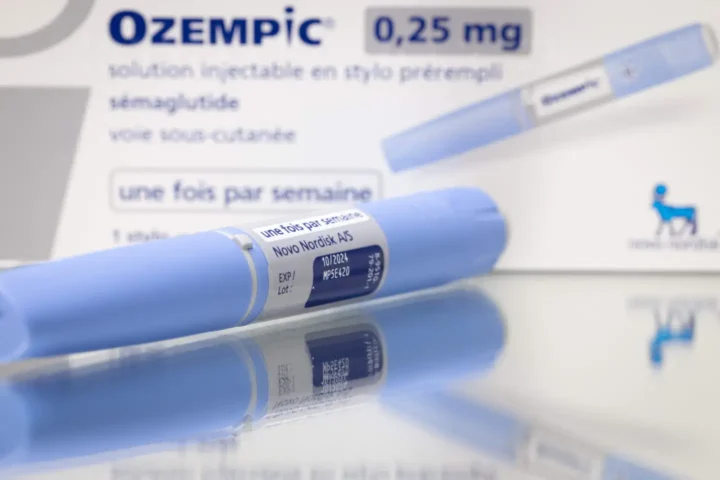Trump administration explores a bold move to secure America’s semiconductor future with a potential 10% government stake in Intel.
The Trump administration is reportedly in discussions to acquire a 10% stake in Intel, one of America’s most critical technology companies. According to Bloomberg News, the talks come at a time when global competition for semiconductor dominance has reached unprecedented levels. This move, if finalized, would mark one of the boldest steps by the U.S. government to secure its position in the global chip industry and reduce dependency on foreign manufacturing.
Intel, founded in 1968, has long been a cornerstone of American innovation in the semiconductor sector. While the company still maintains a strong global presence, it has faced intense competition from Asian rivals like Taiwan Semiconductor Manufacturing Company (TSMC) and South Korea’s Samsung Electronics. These companies have surged ahead in producing the most advanced chips, leaving the U.S. eager to regain its technological edge. A government stake in Intel would represent a significant shift in industrial policy, blending public support with private sector leadership in a vital industry.
The potential acquisition comes amid growing concerns over national security. Semiconductors are the backbone of modern technology, powering everything from smartphones and computers to cars and advanced defense systems. For decades, the U.S. has relied heavily on overseas production, particularly in Taiwan. However, geopolitical tensions, supply chain disruptions, and rising fears of dependency on foreign sources have pushed policymakers to rethink America’s strategy. With China expanding its own semiconductor capabilities, the Trump administration views investment in Intel as a way to strengthen domestic capacity and secure critical technologies.
Supporters of the move argue that government involvement could provide Intel with the resources and stability needed to compete on the global stage. Building advanced chip factories, known as fabs, requires billions of dollars in investment and years of development. While Intel has announced major expansion plans, including new facilities in the U.S. and Europe, additional financial backing could accelerate production and innovation. A 10% government stake would also symbolize Washington’s long-term commitment to the semiconductor sector, sending a strong message to both allies and competitors.

However, the idea is not without controversy. Critics worry that government ownership in a private company could blur the lines between business and politics. Some fear that federal influence might interfere with Intel’s corporate decision-making, potentially slowing innovation or distorting market competition. Others question whether such a move is necessary, given the significant subsidies already offered through programs like the CHIPS and Science Act, which provides billions in incentives for domestic semiconductor manufacturing.
Intel, for its part, has remained cautious about confirming details of the discussions. The company has emphasized its commitment to expanding U.S.-based manufacturing and working closely with the federal government to strengthen supply chains. Executives are aware that a direct government stake could be both a blessing and a challenge, offering financial support but also raising concerns about oversight and expectations.
From a global perspective, the move underscores the intensifying race for technological supremacy. Semiconductors are no longer viewed solely as commercial products but as strategic assets with far-reaching implications for economic security and military power. By exploring direct ownership, the Trump administration is signaling that the U.S. will not hesitate to take bold actions to secure its future. This could inspire similar policies in other countries, where governments may also seek stronger partnerships with domestic tech champions.
For Intel’s investors and employees, the news brings both opportunities and uncertainties. On one hand, the backing of the U.S. government could boost confidence in the company’s long-term growth. On the other hand, the involvement of political forces could introduce new challenges in decision-making and strategy. Much will depend on how the deal, if it proceeds, is structured and how much autonomy Intel retains in managing its operations.
The potential stake also raises questions about the broader role of government in technology. Should Washington own a share of its most important tech firms, or should its role remain limited to regulation and incentives? The answer may shape not only Intel’s future but also the trajectory of the U.S. technology industry as a whole.
As talks continue, the world is watching closely. A deal of this magnitude would represent a turning point in U.S. industrial policy and could redefine the relationship between government and technology companies. For now, it reflects the urgency of securing semiconductor leadership at a time when the stakes have never been higher.















